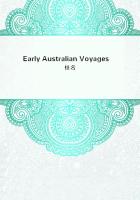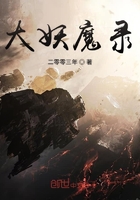Cid Hiaya and his principal officers, incorporated with a division commanded by the count de Tendilla, marched in the van-guard.
The king was with the centre of the army, and the queen with the rear-guard. In this martial state Ferdinand passed by several of the newly-acquired towns, exulting in these trophies of his policy rather than his valor. In traversing the mountainous region which extends toward the Mediterranean the army suffered exceedingly from raging vandavales, or south-west gales, accompanied by snow-storms.
Several of the soldiers and many horses and beasts perished with the cold. One of the divisions under the marques of Cadiz found it impossible to traverse in one day the frozen summits of Filabres, and had to pass the night in those inclement regions. The marques caused two immense fires to be kindled in the vicinity of his encampment to guide and enlighten those lost and wandering among the defiles, and to warm those who were benumbed and almost frozen.
The king halted at Tavernas, to collect his scattered troops and give them time to breathe after the hardships of the mountains. The queen was travelling a day's march in the rear.
On the 21st of December the king arrived and encamped in the vicinity of Almeria. Understanding that El Zagal was sallying forth to pay him homage according to appointment, he mounted on horseback and rode forth to receive him, attended by Don Alonso de Cardenas, master of Santiago, on his right hand, and the marques of Cadiz on his left, and despatched in the advance Don Gutierrez de Cardenas, commander of Leon, and other cavaliers to meet and form an honorable escort to the Moorish monarch. With this escort went that curious eye-witness, Peter Martyr, from whom we have many of these particulars.
El Zagal was accompanied by twelve cavaliers on horseback, among whom was his cousin, the prince Cid Hiaya (who had no doubt joined him from the Spanish camp), and the brave Reduan Vanegas. Peter Martyr declares that the appearance of El Zagal touched him with compassion, for, though a "lawless barbarian, he was a king and had given signal proofs of heroism." The historian Palencia gives us a particular description of his appearance. He was, says he, of elevated stature and well proportioned, neither robust nor meagre; the natural fairness of his countenance was increased by an extreme paleness which gave it a melancholy expression. His aspect was grave; his movements were quiet, noble, and dignified. He was modestly attired in a garb of mourning--a sayo, or loose surcoat, of dark cloth, a ****** albornoz or Moorish mantle, and a turban of dazzling whiteness.
On being met by the commander, Gutierrez de Cardenas, El Zagal saluted him courteously, as well as the cavaliers who accompanied him, and rode on, conversing with him through the medium of interpreters. Beholding King Ferdinand and his splendid train at a distance, he alighted and advanced toward him on foot. The punctilious Ferdinand, supposing this voluntary act of humiliation had been imposed by Don Gutierrez, told that cavalier, with some asperity, that it was an act of great discourtesy to cause a vanquished king to alight before another king who was victorious.















